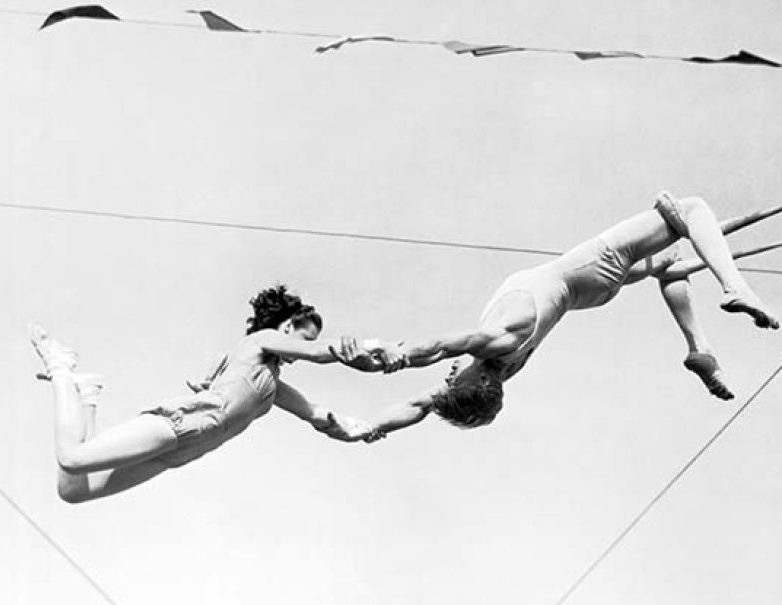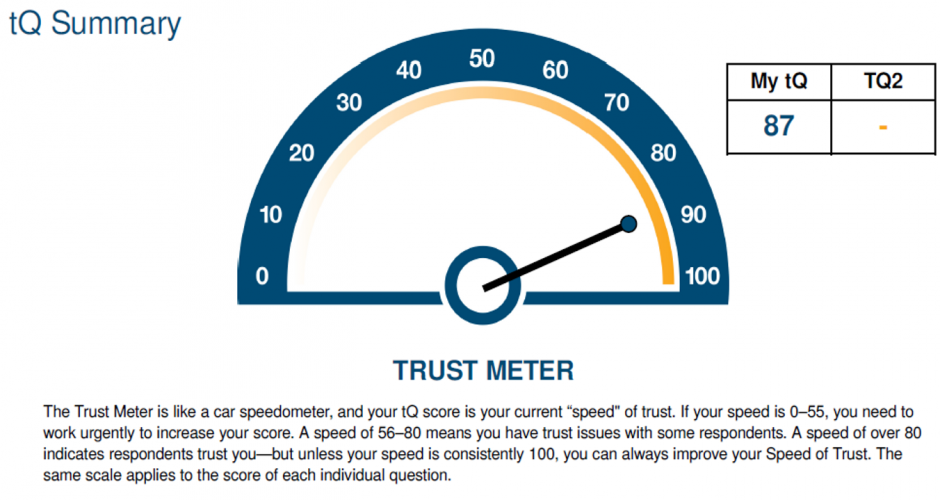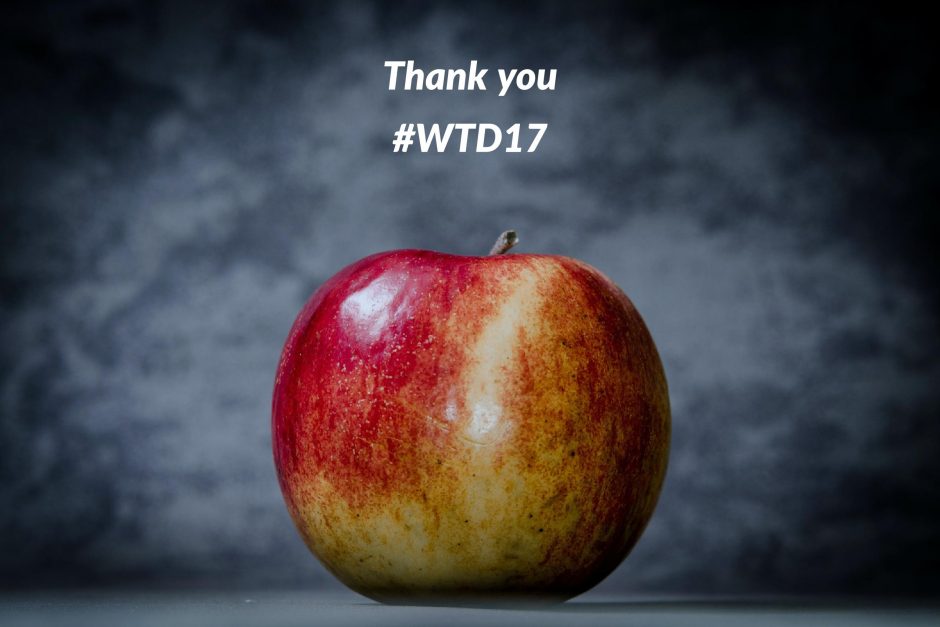What is trust?
I know.
Tell me.
I knew…
(overheard)
I am not a Complexity Theory expert, however, modelling complex personal and social interactions seem to be the business worlds yearning. In reflection, I felt I got a lot from the Leading at the Speed of Trust session, it felt tangible and I felt in control. Where the separation of interrelated things into individual components – creates actionable… leadership behaviours. The metaphors and regular reinforcement that gave me the sense that I could learning how to generate trust, felt reassuring. Maybe, that is, in itself no bad thing however… I am not confident it is sophisticated or complex enough. The relentless presentation and positive interpretation of knowledge creating organisations where smartly dressed twenty-somethings, stand in front of a flip-chart, brimming with… collaborativeness, is in sharp contrast to the real politics of the organisational game-play most of us experience in our working life. The careful relationship building and maneuvering within organisations, the fluidity of organisational climate.
Trust is a ubiquitous area of scholarly investigation, gaining momentum with every passing decade. More recently, the past five years, “trust” reports over 1 million hits on
Google Scholar. It is of particularly interest to sociologists, psychologists, educationalists and the leadership and management arena. Within the later, a cursory review indicating that we are presented trust as a form of
social capital which enhances or enables cooperation across organisations. Cooperation leading to collaboration, collaboration to success. Cue the streamers… I apologise from my substantial generalisations. Or there is a trust as a “willingness to make yourself vulnerable to someone else, based on positive expectations that the other person will either serve your interests or at least not hinder them.” (The Decision to Trust: How Leaders Create High-Trust Organizations.) or trust as an “emotional or gut feeling” response. Pick your poison.
Of course, the need for a simplifying model (both linear eg DTM and quadrant descriptions) are welcomed and readily available. Introducing the “suspicion zone” where cooperation and commitment is low and anxiety high, to the “trust zone,” where people flourish with feelings of commitment and comfort. There – as I said, it’s simple.
Complexity, Trust and Mistrust
Emerging patterns of trust and mistrust arise in the many, many local interactions; conversations, figurations of power relations are expressed in the dynamics of inclusion, exclusion and identity formation, and ideologically based intentions and choices. Think for a minute about the last decision making activity you were party to, involved in at work? Who was included or excluded? When and where did it take place? How was the decision concluded? Who lead, contributed, deferred or was overlook, brow beaten down? This is more than choosing pizza toppings.
The culminative effects (of the literally hundreds of interactions) are expressed as the everyday organisational culture. It is the organisational weather, that influences our future political and productive activities, the practical judgments we make, to act selfishly and altruistically, to trust or distrust. That both form and are informed by the habitus. It is without question, that trust and mistrust are key patterns of relationships, magnified or reduced by the power ascribed to the roles committed to that decision. Complexity suggests that relationships are dynamically sustained in many, many local interactions, not the linear interactions I have been introduced to. It is perhaps more than the rational, or emotional choices which we, or independent staff make, within the uncertainty of organisational and social life.
We cannot provide prescriptions for securing trust or even mistrust. Instead we have to rely on practical judgment developed through experience to choose particular actions, in particular situations, at particular times in the hope that we will be helping to generate positive outcomes. Trust and trustworthiness are not individual decisions but are patterns emerging in our interactions; countered by uncertainty, constrained by our emotions, customs, laws, and many other institutional factors.
Again, after reading about Complexity Theory and applying it, I feel like I’ve have a mental workout.
Attribution: Adapted from my understanding of Chris Moyles post https://complexityandmanagement.wordpress.com/2012/11/23/trust-in-organisations/



Pingback: Complexity in classrooms | KristianStill
Pingback: Complexity in classrooms | Kristian Still